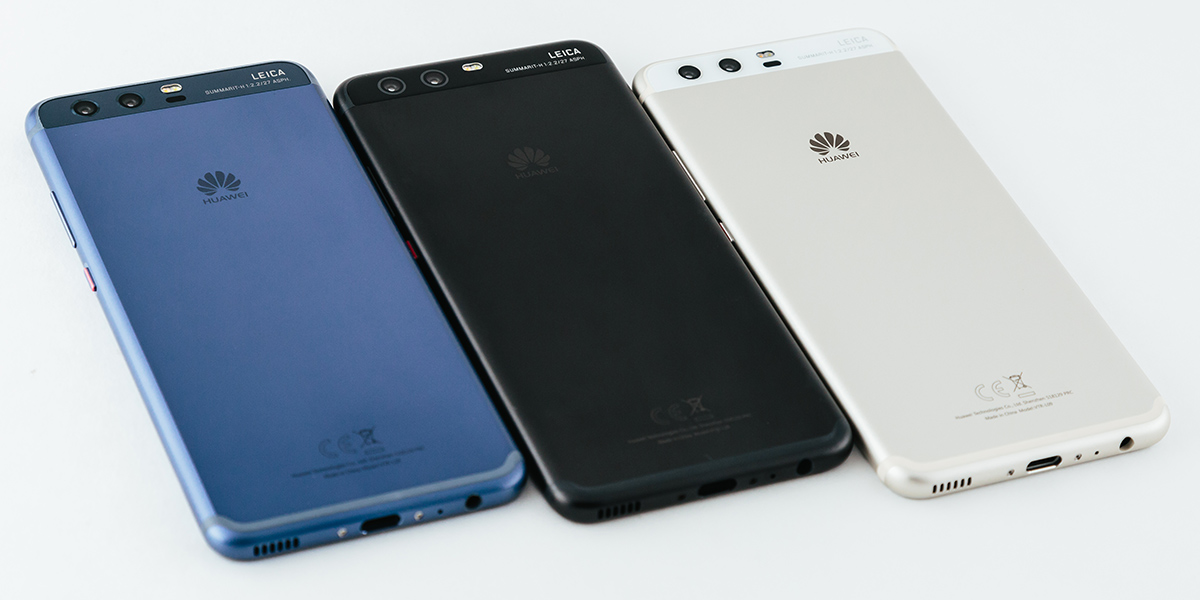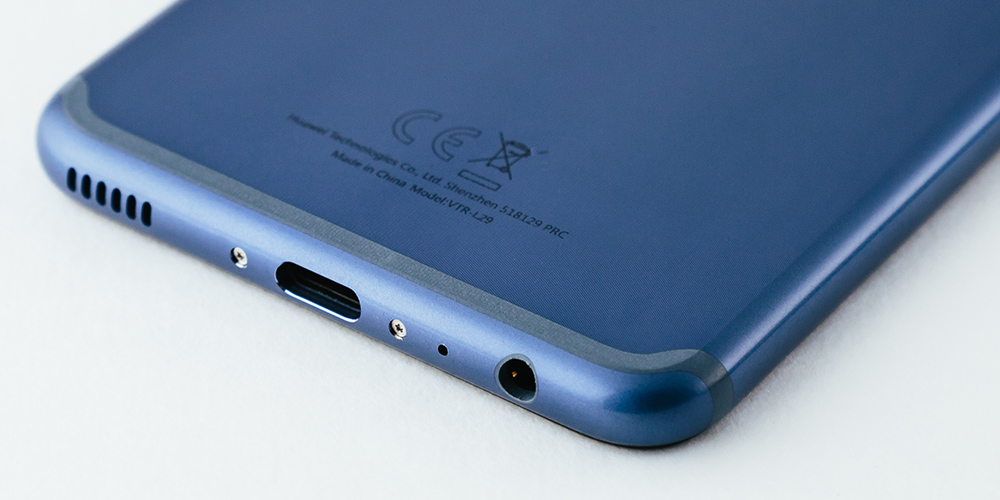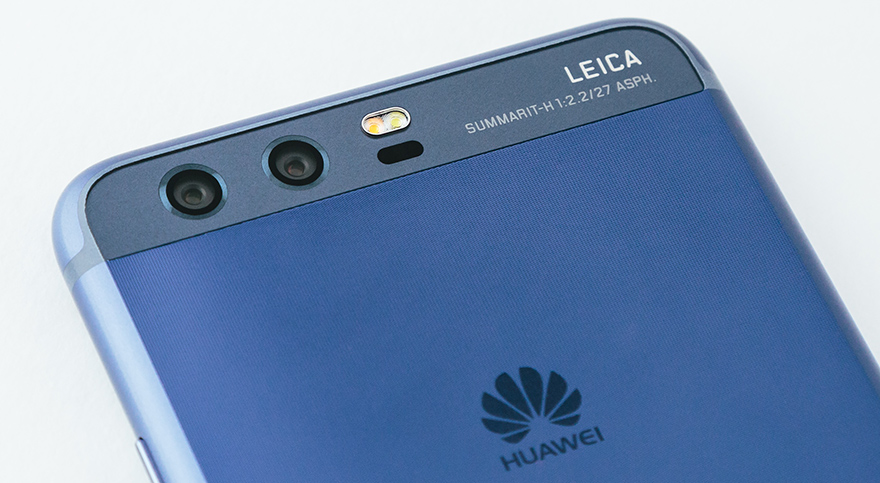Huawei P10 and P10 Plus: Performance & Battery Life Report
by Matt Humrick on May 12, 2017 7:00 AM ESTFinal Words
The P10 and P10 Plus are fast. At least they are when using LPDDR4 RAM and UFS 2.0 NAND like both of our review units. It would have been nice to receive a unit with a different memory type (assuming Huawei is actually shipping units with slower hardware) to explore the performance impact, but that’s outside our control.
In both objective and subjective testing, the P10s produced mostly positive results. Apps launch and run quickly, Huawei’s EMUI remains fluid and responsive, and switching between apps is a breeze. The only area where the P10s showed some inconsistency was when running the browser JavaScript tests, where they were slower than the older P9 in 2 of the 3 tests. The differences were not huge, however, and I do not see this being an issue. In all of our other testing, notably PCMark, the P10s were as fast as the Mate 9 and a little faster than the P9.
The P10s’ bigger GPU gives peak performance a huge boost relative to the P9 and makes it competitive at least with the Adreno 530 in Snapdragon 820. Unfortunately, the GPU’s power efficiency is poor, which is exacerbated by its absurd 1037MHz peak operating point that serves no purpose other than to boost benchmark scores. The good news is that the P10 supports all of the latest 3D graphics APIs and its sustained performance is on par with other flagships with 1080p displays and Snapdragon 820 SoCs.
The P10 Plus’ higher-resolution 1440p display forces the GPU and memory to work harder and reduces performance for games that render at the panel’s native resolution. The additional pixels will be useful if you plan to use the P10 Plus with Huawei’s VR headset, but its IPS panel is not Google Daydream compatible, and the extra pixels are not otherwise necessary for a 5.5-inch IPS display.
The P10’s larger battery and lower power consumption generally improve battery life relative to the P9. Under light to casual use scenarios, the P10 should make it through a full work day, although, heavier workloads that light up the big CPU cores (and especially the GPU) will drain the battery noticeably faster, forcing you to reach for the wall socket to top off. It’s a similar story for the P10 Plus despite its larger battery. Our review sample consistently fell behind the smaller P10 in our battery tests and during real-world use. Its larger, higher-resolution display is partially to blame, but it appears the Kirin 960 SoC in our particular P10 Plus is a lower-binned part, because it consistently drew more power than the SoC in the P10.
In terms of performance and battery life, the smaller P10 is the better choice unless VR is an important use case for you. The uncertainty surrounding memory components casts a gray cloud over the P10 and P10 Plus, however. With the right components, they perform very well. Opening and installing apps may be a little slower if you get one that uses eMMC NAND, but most people probably will not notice. The reduction in memory bandwidth from using LPDDR3 RAM could be significant for serious gamers and VR applications. And because eMMC NAND and LPDDR3 RAM consume more power than the newer parts, there will be some small reduction in battery life too. So while there is some risk that the P10 or P10 Plus you buy will not perform as well or last as long as our test units, most people should still be satisfied with the overall experience.













74 Comments
View All Comments
Matt Humrick - Saturday, May 13, 2017 - link
"At the very least either you or your should add caveat emptor or YMMV, in BIG BOLD letters to the end of the review. The reputation of anandtech.com deserves at least that."It was discussed at the beginning, middle, and end, so I think it was covered well.
"What is the point of the review if the system YOU purchase could have memory a generation behind, storage 2 generations behind, and a different bin of processor?"
This report shows several things:
1) Not all P10s come with alternate memory components
2) It shows what perf/battery life can be when not using the alternate components
3) It discusses the P10 multi-sourcing issue and how it may impact perf/battery life
4) It shows that the type of NAND alone is not enough to predict storage performance
Basically, we want to provide as much info as we can so our readers can make an informed buying decision. Obviously, I would have liked to get a P10 with the alternate components for comparison, but that was not possible.
drajitshnew - Saturday, May 13, 2017 - link
I said "COULD". you admit admit that GOLDEN SAMPLES are a possibilityYou must admit that with a still lower binned SoC, eMMC instead of UHS, DDR3 instead of DDR4, the benchmarks could be materially different.
Matt Humrick - Saturday, May 13, 2017 - link
Yes, that's what I said in the article.AlphaBlaster - Sunday, May 14, 2017 - link
Unless you are chinese, but even then it does not make sense, why exactly do you want Huawei to succeed in the western market? It is a corrupted organization managed by government, the reason why their networking hardware is on a ban list in many EU organizations is because of repeated and consistent backdoors implemented in the hardware and software (Not that Cisco and others wouldn't do that, but there is a difference between giving access to FBI and giving it to your industry competitor). I worked for the czech branch for couple of years on various projects and it was a horrible experience, they did not even try to hide that most of their large contracts - they got pretty big deals to provide LTE hardware for carriers, was obtained via bribes. There is absolutely no reason to be giddy about Huawei growing exponentially.John Other - Sunday, May 14, 2017 - link
I was with the people who are horrified by the principle of the idea of components substitution, at first.At least on a flagship.
At least on a product that will sell a lot on specification given the lower rank of the brand in public consciousness.
I think only the final of those three arguments actually counts.
I made a living, once, selling home assembly hifi designs, and so I know that component substitution is both necessary, and a difficult decision for the vendor relationship with customers.
This substitution news broke right at the moment I had to decide on the purchase.
I went ahead, confident that I can return the goods since this is 2017 (or 1997, we've had excellent consumer laws for a long time, providing you avoid silly supplier risks) and can only report I am a happy customer.
And I do not even know what components my P10 contains.
I decided that I would use the phone first, and only after 2 weeks I have to return the device under distance selling law (EU) will I review and if necessary check the components installed.
I almost want to report I have the lesser components, to assuage the furore, because I just doubt that real world impact will manifest unless there is psychological confirmation bias at work.
To criticise a review is maybe a bit much, however the review could make more out of the entire process of decisions that are involved in, and surround, components substitution.
WPX00 - Friday, May 12, 2017 - link
Company can't make enough of something because parts are short, ala Pixel? Customers complain.Company makes more of something with alternative parts, like this? Customers complain.
At the end of the day, the fact of the matter is, supply is hard. Even Samsung can't get enough UFS parts. And Samsung MANUFACTURES these things. What makes you think Huawei can? They have to launch a flagship no matter what.
Meteor2 - Saturday, May 13, 2017 - link
Nobody says it's easy. We're paying them to get it right.I find this shocking; I was warming to Huwei, they make nice SoCs, but this is appalling.
BrokenCrayons - Monday, May 15, 2017 - link
Notably, I would suspect that customers probably aren't complaining. Of the group of us commenting in these articles, I would be willing to bet few to none of us actually bought a P10 or will ever do so.s.yu - Saturday, July 29, 2017 - link
They can sell it high-low specced with the same chassis and different prices. The matter is not whether or not they use different parts but whether or not they were forthcoming and honest about it. They were first deceptive then brazen and unapologetic (and further lied) when word got out.Elsote - Friday, May 12, 2017 - link
Until when will we see A53 cpus in flagship phones?